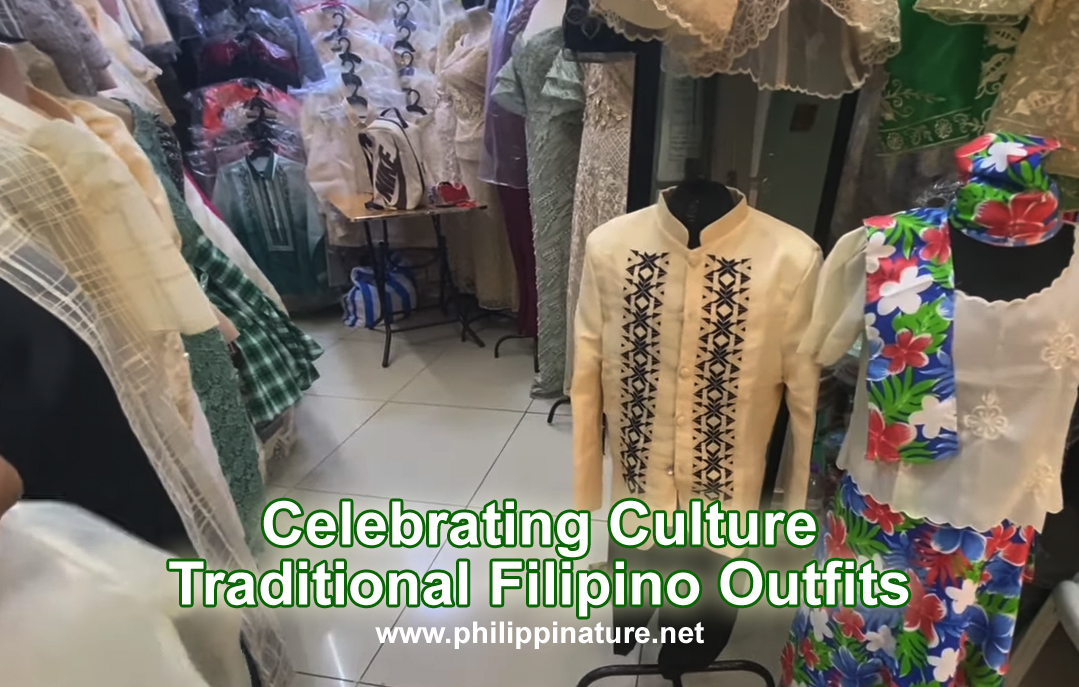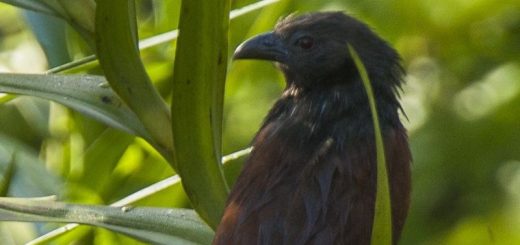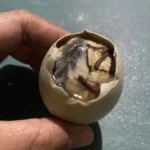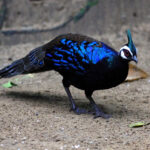Celebrating Culture – Traditional Filipino Outfits

The Philippines boasts a rich tapestry of cultural heritage, and its traditional clothing is a vibrant reflection of this diversity. From intricate designs to symbolic materials, traditional Filipino outfits tell stories of history, identity, and artistry. Here in philippinature, we’ll delve into some iconic traditional garments, their significance, and how they continue to inspire modern fashion.
Barong Tagalog
The Barong Tagalog is perhaps the most recognized traditional Filipino outfit for men. This lightweight, embroidered shirt is typically worn untucked, often made from piña (pineapple fiber) or jusi (banana silk). The Barong’s intricate embroidery and design vary by region and occasion.
Traditionally worn during formal events, the Barong symbolizes elegance and national pride. It’s often donned during weddings, graduations, and government ceremonies, representing Filipino identity.
Baro’t Saya
The Baro’t Saya is the traditional attire for women, consisting of a blouse (baro) and a long skirt (saya). The blouse is usually adorned with delicate embroidery and often features puffed sleeves, while the skirt is made from colorful fabrics that may include traditional patterns.
The Baro’t Saya reflects Filipino femininity and grace. It’s commonly worn during festivals, religious events, and family gatherings, showcasing the rich craftsmanship of local weavers.
Terno
The Terno is a more formal version of the Baro’t Saya, characterized by its butterfly sleeves and fitted silhouette. This elegant outfit often features elaborate embroidery and luxurious fabrics, making it a popular choice for formal occasions.
The Terno represents sophistication and is a symbol of Filipino fashion evolution. It is often worn by women during national events, promoting Filipino artistry and design.
Malong
The Malong is a versatile, tubular garment worn by both men and women, primarily in the Mindanao region. Made from colorful woven fabric, it can be worn in various ways—as a skirt, dress, or shawl—making it adaptable for different occasions.
The Malong is a symbol of cultural identity among the Maranao people and represents the rich weaving traditions of the Philippines. Its versatility reflects the dynamic nature of Filipino culture.
Kris and other Accessories
Traditional Filipino outfits are often complemented by accessories like the kris, a wavy-bladed dagger, and intricately designed jewelry. These items not only enhance the outfit but also hold historical and cultural significance.
Accessories often carry stories and represent social status, bravery, and artistry. They enrich the overall aesthetic of traditional attire, celebrating Filipino craftsmanship.
A Living Tradition
Traditional Filipino outfits are more than just clothing; they are a testament to the country’s rich history and cultural diversity. As modern fashion continues to evolve, these traditional garments inspire contemporary designs, ensuring that the essence of Filipino heritage endures.
By wearing and celebrating these outfits during festivals, weddings, and cultural events, Filipinos honor their roots and pass on their vibrant traditions to future generations. Whether it’s the elegance of the Barong Tagalog or the versatility of the Malong, each garment tells a unique story, inviting everyone to appreciate the beauty of Filipino culture.
References:
https://www.youtube.com/watch?v=YlQgMJS4wPo
https://en.wikipedia.org/wiki/Fashion_and_clothing_in_the_Philippines










